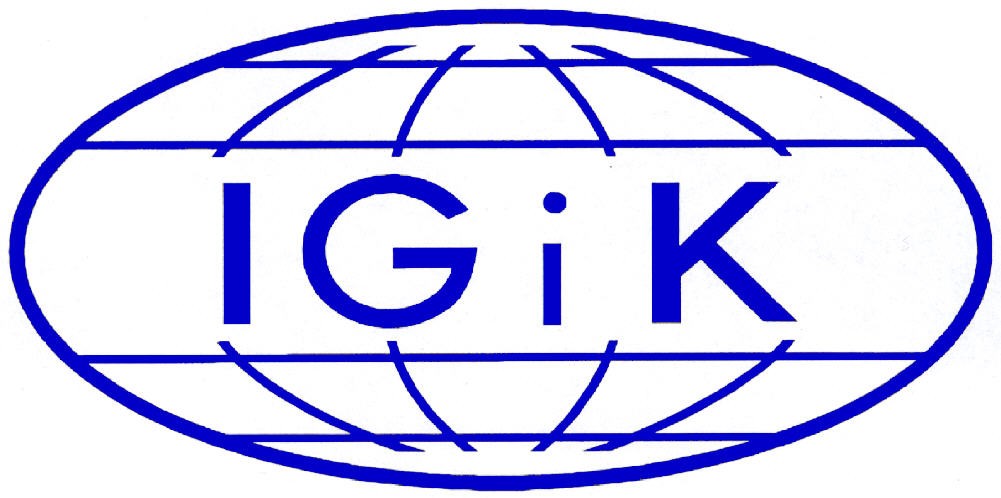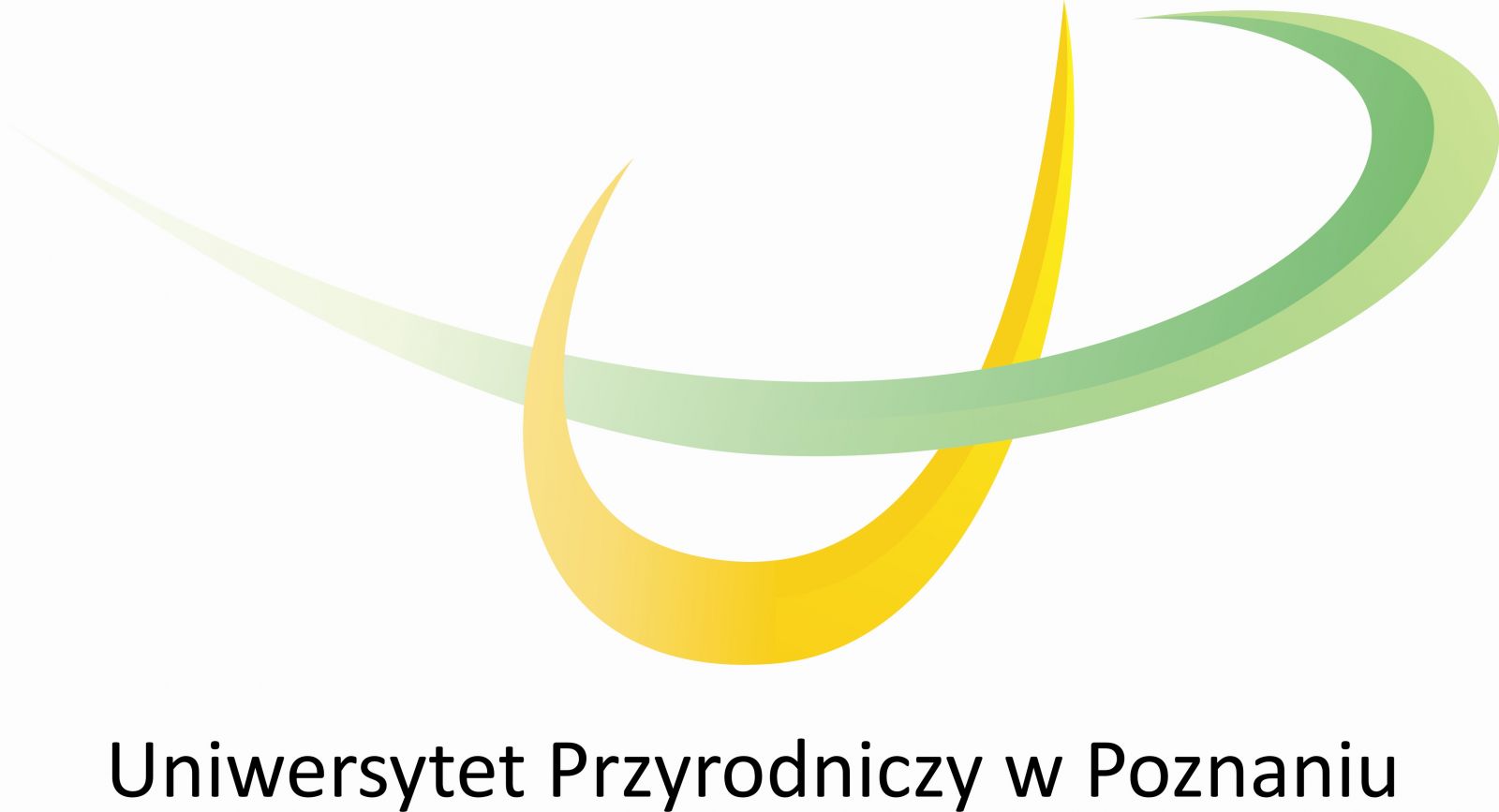GrasSat - complementary tool for managing grassland production
GrasSAT - Tools for information to farmers on grasslands yields under stressed conditions to support management practices
Founded by: National Centre for Research and Development (NCBiR)
Duration of the project: June 1, 2020 – April 30, 2024
Project contact: Remote Sensing Centre, Institute of Geodesy and Cartography
Professor Katarzyna Dąbrowska-Zielińska, e-mail:katarzyna.dabrowska-zielinska@igik.edu.pl
Partners: Poznan University of Life Sciences (PULS), Norwegian Institute of Bioeconomy Research (NIBIO), Norwegian Research Centre (NORCE), GEOMATIC Michał Wyczałek-Jagiełło
Main objective:
The main objective of GrasSat project is a fully operational system in form of desktop and mobile application, which provides a complementary tool for managing grassland production, mainly for medium and large farms in Poland and Norway. Combining the effectiveness of the application with the support of external advisors is the key to improve grass production management. Experience of the team of remote sensing and grassland specialists will be the firm foundation of the tools to be prepared within the project.
Specific objectives:
The project objectives were defined as follows:
- delivery of the service in the form of desktop and mobile application to optimize farm management like reducing the need for supplementary forage;
- development of the method for grassland damage assessment, caused by drought or winterkill on the basis of multi-source satellite data and their synergy with meteorological data;
- novel approaches will be generally based on innovative use of satellite data in the grassland management to increase yield and monitoring of grassland status.
Methodology:
The methodology for monitoring grass growth conditions and yield forecast will be based on synergistic use of remotely sensed data, process-based grassland models and reference in-situ data, indispensable for elaborating reliable models characterizing plant development. Using remote sensing to etimate the expected yield in a grassland can help farmers to prepare for importing forage and to detect areas with high water stress. In addition, process-based models can help estimate the impact of a drought of freezinf event on the yield. The project assumes the use of ground data for the calibration of satellite data.
Overview of the results and their exploitation:
The test sites for the project have been selected to be representative for various grasslands in Poland and Norway. In situ measurements have been performed on plots which belonged to individual famers. IGiK has carried out the measurements on 23 fields and PULS on 24 NIBIO has performed the grassland measurements at five locations within total 18 different fields in Norway representing differing climates and soil conditions. The fresh and dry biomass, Leaf Area Index (LAI), soil moisture, meteorological data have been measured. In Norway, the field cameras were used to collect daily photos of the surface conditions. The snow cover, snow melting start of the growing season and grass growth were monitored, what gave information about frost hazard and grass growth conditions. The database with all measurements has been created. The High Resolution Layers from Copernicus service was applied in order to delineate grassland areas for the selected test sites. Further, the developed classification maps were prepared with the general division into high productive grasslands and low-yielding grasslands. The classification approach was based on applying time series of high-resolution Sentinel-2 satellite data for discrimination of grassland types. The Random Forest classification method was applied. A number of vegetation indices that have been used to show correlation with biomass,) have been calculated from Sentinel-2 data and also obtained from Copernicus Land Monitoring Service (CLMS). LAI measurements were compared with LAI from CLMS. Correlation was high. In the second approach LAI maps were created for all grasslands in Podlaskie and Wielkopolska NUTS-2. Time series of the NDVI were calculated for the entire study period and the rate of the increase of the NDVI was related to the final biomass. The vegetation indices were compiled at ten-day intervals, as a result of which the average values every 10 days were obtained. The Drought lnformation Satellite System (D1SS) based on meteorological and satellite data was used for drought detection at the fields finding the decrease in biomass due to unfavorable growth conditions. Also the NDII index was used to assess plant water stress. There were some areas at the fields where the plant water stress occurred. The results of automatic yield estimation differ in different regions. The biomass modelling using BASGRA has been calibrated for drought conditions in Poland and winter conditions in northern Norway. The automatic modelling of grass biomass has been achieved using LAI from Copernicus Service for dry conditions in Poland and for Norway grasslands with moist conditions using LAI and NDII index. The System for farmers to monitor conditions of the grass growth was the important impact of the project. Farmers may monitor the condition of the vegetation for every five days of the grass growth during the period of three grass cuts.
Conclusions on the project:
The in-situ measurements done in Poland and Norway allowed to calibrate the satellite derived indices what was important in verifying the accuracy while creating the model for biomass assessment. The wet biomass measurements show that the first cut is more substantial than the second, and the second is more substantial than the third. The median for the measurements from the first cut was 350 gm-2, for the second cut it was 238 gm-2 and for the third cut it was 138 gm-2. The relationship between modelled biomass and measured was high. The vegetation indices calculated from satellite data indicated how the grass at each of the plot grow, where is the lack of water at the farmers field in Poland and where at the field there is the influence of frost on grass growth in Norway. To develop the GRASSAT application, free Copernicus satellite data from the Sentinel-1 and Sentinel-2 satellites were used. Data from the Sentinel-1 radar satellite (10 m resolution) were applied to determine soil moisture variation. The existing soil-moisture model developed at IGiK, was calibrated using a set of in-situ measurements (Dąbrowska-Zielińska et al. 2018). The NDVI, NDWI, NDII were calculated from Sentinel2. Leaf Area Index (LAI) as the product very well calibrated, was obtained from Copernicus Land Monitoring Service at 10 m resolution. As the Tools for information to farmers on grasslands yields the system has been created to support management practices. Both a desktop and mobile application have been developed. Data are provided for a given year, the previous year, and a comparison of a given year with the previous year. For each field, the date of the available satellite image is given. The greener the colour of the field, the better vegetation conditions are at a given year, the previous year, and a comparison of years. The biomass production in the field and its variation within the field based on LAI and NDII, soil moisture conditions, thermal conditions ‒ identifying days with a possible danger of ground freezing, soil moisture, biomass and hazards. For downloading the LAI product (product from Copernicus Land Monitoring Service (CLMS)), the application uses the API of the WekEO service, the European Copernicus DIAS (Data and Information Access Services) reference service for environmental data, virtual processing environments, and skilled user support.
Projects dissemination:
- Czerwiński, M., Golińska, B., Paszkowski, A., Wróblewski, K., Dąbrowska-Zielińska, K., & Goliński, P. (2025). The estimation of light transmittance through grassland canopy: Searching for a suitable indirect indicator. Acta Oecologica, 128, 104102. PAPER
- Łągiewska, M., Gurdak, R., Ziółkowski, D. & Wróblewski, K. 2025. In situ measurement techniques in remote sensing research over grasslands. Miscellanea Geographica, 29(4), 2025. PAPER
- Markowska A., Dąbrowska-Zielińska K., Wróblewski K., Wyczałek-Jagiełło M., Ziółkowski D., Goliński P. 2025. Application Maps in Precision Agriculture – Grassland Production Management in Poland. Quaestiones Geographicae, Adam Mickiewicz University, Vol. 44(1), 2025. PAPER
- Bartold M., Kluczek M., Wróblewski K. et al. 2024, Mapping management intensity types in grasslands with synergistic use of Sentinel-1 and Sentinel-2 satellite images. Scientific Reports, Vol. 14, 32066. PAPER
- Dąbrowska-Zielińska, Katarzyna, Konrad Wróblewski, Piotr Goliński, Alicja Malińska, Maciej Bartold, Magdalena Łągiewska, Marcin Kluczek, et al. 2024. “Integrating Copernicus LMS with Ground Measurements Data for Leaf Area Index and Biomass Assessment for Grasslands in Poland and Norway.” International Journal of Digital Earth 17 (1). PAPER
- Persson, T., Murguzur, F. J. A., Davids, C., Höglind, M., & Jørgensen, M. (2024). Combining satellite-sensed and ground data and the BASGRA model to predict grass yield in high-latitude regions. Field Crops Research, 318, 109610. PAPER
- Dąbrowska-Zielińska K., Panek-Chwastyk E., Jurzyk M., Wróblewski K. Comparative Analysis of Evapotranspiration Estimates: Applying Data from Meteorological Ground Station, ERA5-Land, and MODIS with ECOSTRESS Observations across Grasslands in Central-Western Poland. Agriculture 2024, 14(9), 1519. PAPER
- Bartold M., Wróblewski K., Kluczek M., Dąbrowska-Zielińska K., Goliński P., 2024, Examining the Sensitivity of Satellite-Derived Vegetation Indices to Plant Drought Stress in Grasslands in Poland. Plants 2024, 13, 2319. PAPER
- Goliński P., Golińska B., Czerwiński M., Paszkowski A., Dąbrowska-Zielińska K., Impact of leaf area index on the grassland yield prediction, Proceedings of the 30th General Meeting of the European Grassland Federation, Grassland Science in Europe, Vol. 29, pp. 756-758. PAPER
- Goliński P., Golińska B., Czerwiński M., Paszkowski A., Dąbrowska-Zielińska K., Impact of leaf area index on the grassland yield prediction, 30th General Meeting of the European Grassland Federation, Leeuwarden, The Netherlands, 9-13 June 2024. POSTER
- Persson T., Ancin Murguzur F.J., Davids C., Höglind M., Jørgensen M., Simulating grassland winter survival in high latitude regions using the BASGRA model, Proceedings of the 30th General Meeting of the European Grassland Federation, Grassland Science in Europe, Vol. 29, pp. 703-705. PAPER
- Panek-Chwastyk, E.; Ozbilge, C.N.; Dąbrowska-Zielińska, K.; Wróblewski, K. Assessment of Grassland Biomass Prediction Using AquaCrop Model: Integrating Sentinel-2 Data and Ground Measurements in Wielkopolska and Podlasie Regions, Poland. Agriculture 2024, 14, 837. PAPER
- Panek-Chwastyk, E.; Ozbilge, C.N.; Dąbrowska-Zielińska, K.; Gurdak, R. Advancing Crop Yield Predictions: AQUACROP Model Application in Poland’s JECAM Fields. Agronomy 2024, 14, 854. PAPER
- Dabrowska-Zielinska K., 2023, Approach based on innovated use of satellite data in the grassland management to increase yield and monitoring of grassland status, EuroGEO Workshop 2023, 2 - 4 October 2023, Bolzano, Italy.
- Gurdak R., Dąbrowska-Zielińska K., Bochenek Z., Kluczek M., Goliński P., Persson T., Davids C., Wyczałek-Jagiełło M., 2022, Tools for information to farmers on grasslands yields under stressed conditions to support management practices, Living Planet Symposium, 23 - 27 May 2022, Bonn, Germany. POSTER
- Dąbrowska-Zielińska K., Goliński P., Jørgensen M., Davids C., Persson T., 2021, Tools for information to farmers on grasslands yields under stressed conditions to support management practices – the GrasSAT project, Proceedings of the 21st Symposium of the European Grassland Federation Sensing – New Insights into Grassland Science and Practice, Grassland Science in Europe, Vol. 26, pp. 214-216. PAPER
- Dąbrowska-Zielińska K., Goliński P., Jørgensen M., Davids C., Persson T., 2021, Tools for information to farmers on grasslands yields under stressed conditions to support management practices – the GrasSAT project, 21st Symposium of the European Grassland Federation Sensing – New Insights into Grassland Science and Practice, 17 - 19 May 2021, online hosted by the Universität Kassel (Germany). ABSTRACT
- Gurdak R., Dabrowska-Zielinska K., Bochenek Z., Kluczek M., Golinski P., Persson T., Davids C., Wyczalek-Jagiello M., 2021, Tools for Information to Farmers on Grasslands Yields Under Stressed Conditions to Support Management Practices, 40th EARSeL Symposium 2021 European Remote Sensing-New Solutions for Science and Practice, 7 - 10 June 2021, online hosted by the University of Warsaw.
-
Gurdak R., Dabrowska-Zielinska K., Grzybowski P., 2020, Tools for information to farmers on grasslands yields under stressed conditions to support management practices, 2020, SPIE Security + Defence Digital Forum, 21-25 September 2020, Edinburgh. POSTER





